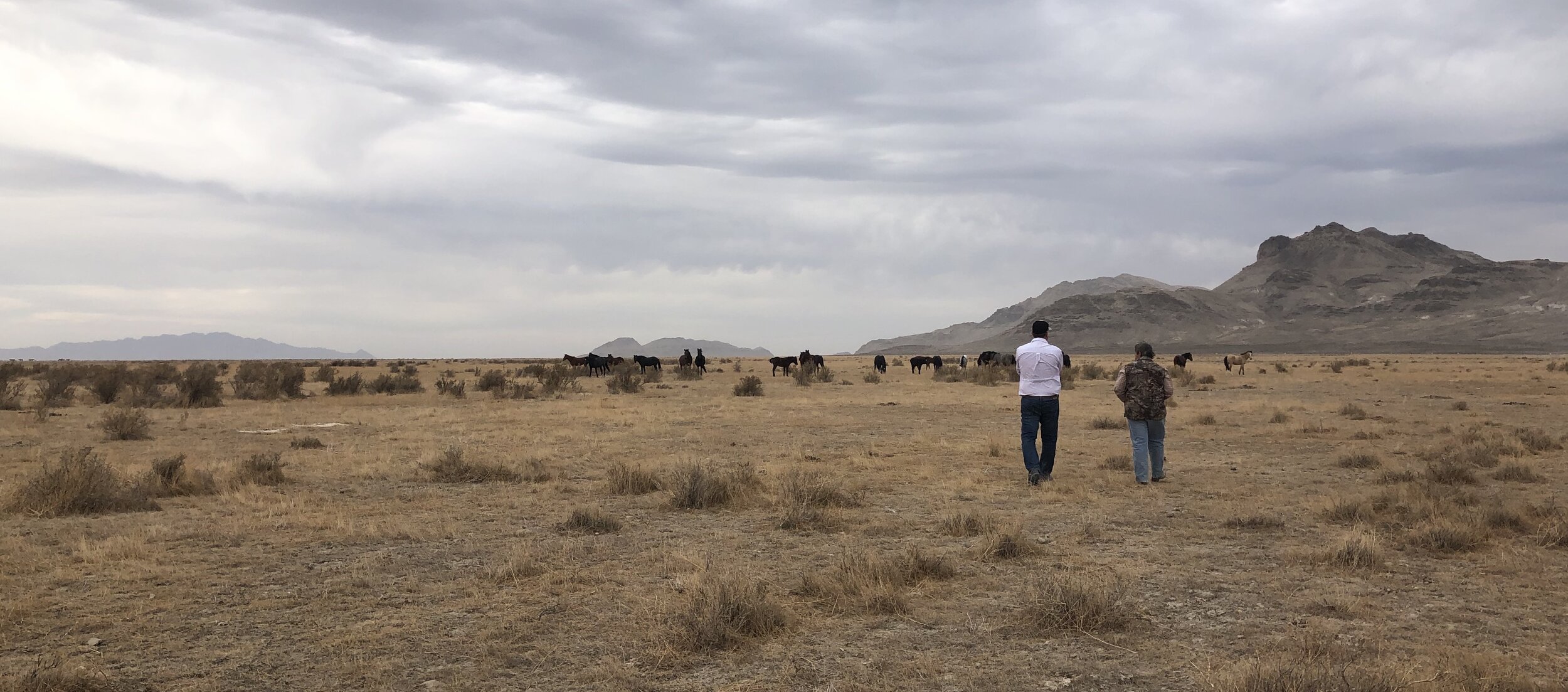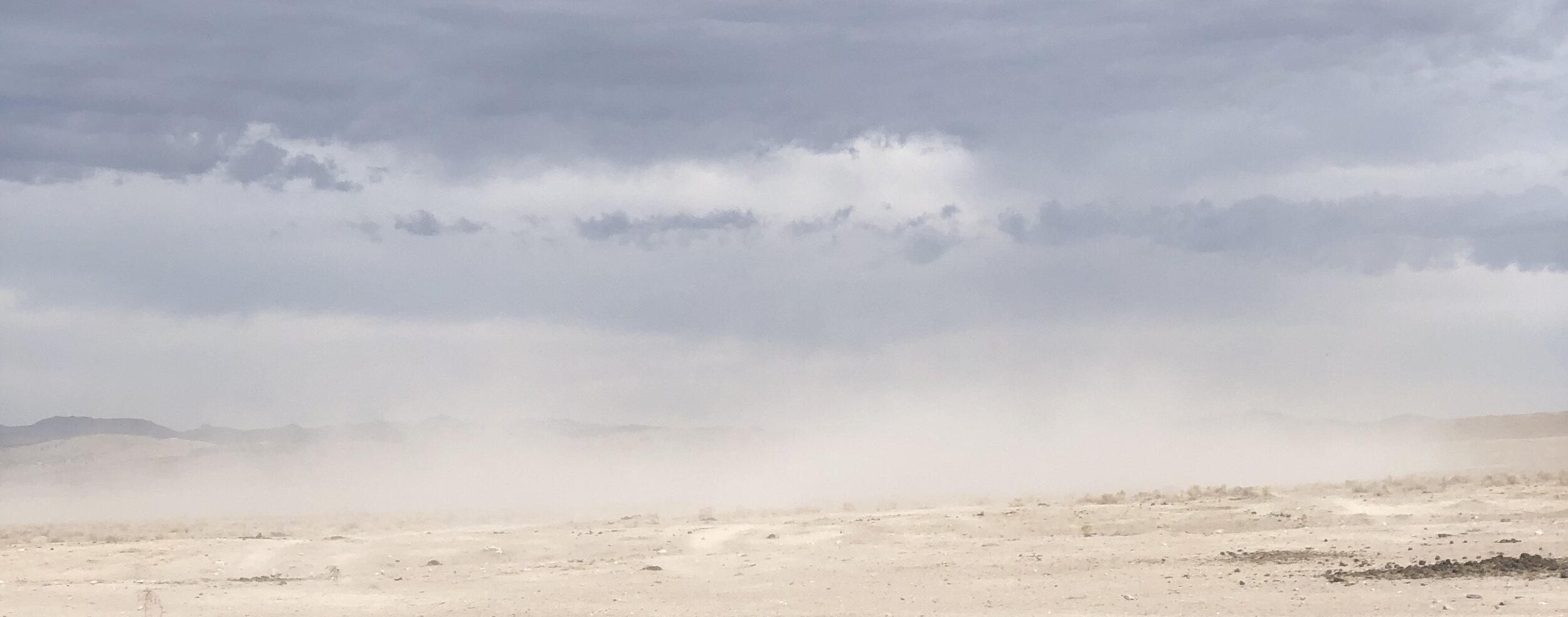
JAN DRAKE
After a while, the mechanical horse was not enough.
I convinced our father that it was time for the real deal. We ended up with a Shetland pony named Tiny and a big gray Quarter horse named Snowfire. We were city kids, but we would go out to the country to ride the horses on a friend’s ranch. These were the happiest days of my childhood.
Horses took a back seat when I got older and busier with school, work and friends.
I traded the horses for a more convenient mode of transportation: my car. That Ford Galaxy 500 soon segued into having multiple Ford Mustangs which helped define my love for the mustang horse in some crazy way. This was also around the time I picked up photography, a hobby that would serve me into adulthood. Photography became, for me, an outlet that allowed me to create and manipulate photographs into different types of art. I started with film, of course, developing my own pictures, and continued to photograph architecture and wildlife until I moved out west. There I discovered the mustangs.
I relocated to Utah in 2001, It was here that I became a volunteer for the National Ability Center and my story with horses continued.
I started volunteering and by summer I was getting involved in the summer camps and taking care of the horses. The time spent at the National Ability Center taught me much about the world of adaptive recreation and the ways that horses help humans. I was intrigued, I wanted to continue in this field. When a paid position for a full-time position to help manage the horses came available, I threw my hat in the ring and to my surprise, they hired me.
I’ve happily kept one foot in each world. The world of the wild mustang and that of the gentled therapy horse.
It’s an incredible privilege to care for these national treasures in a way that honors the horse, the land, and the people with whom horses create such remarkable connections. In order to help keep the wild horses healthy and safe, organizations such as the Wild Horses of America Foundation and Intermountain Wild Horse and Burro Advisors work with the Bureau of Land Management (BLM) to gather, gentle, and adopt mustangs every year. I’ve adopted several wild mustangs to use in our program at the National Ability Center and it’s remarkable to witness what these horses can do.
Since that July day in 2006, I’ve made more than a hundred drives out to see the wild horses.
I often bring my camera, but sometimes I go alone, just to enjoy watching them. It’s peaceful, no cellular service, not many people around. Wild horses, most of the time, are pretty quiet. The’ve got their heads down, just grazing the wild landscapes under an open sky. It’s cathartic to be in such peaceful surroundings. Season after season, it never gets old.

I had the pleasure of photographing the black and white pinto until 2017, when he just disappeared. He was one of the first wild horses to capture my heart and I’ll always be grateful to him for leading me toward an enduring love for the wild horses of the west. It is my passion to photograph them, to assist in improving their living conditions alongside the Wild Horses of America Foundation and the BLM, and to welcome gentled mustangs into much-needed therapy programs that prove, time after time, the power horses have to heal and to connect.
-Jan Drake




